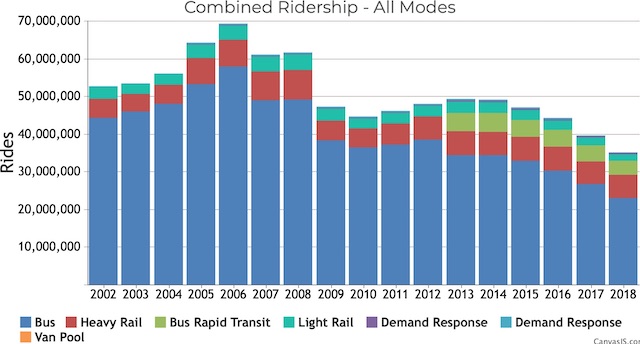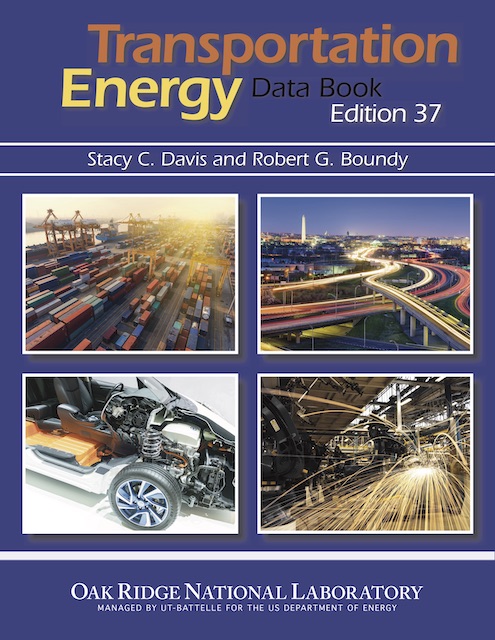A new study finds that Cleveland transit riders save $51.8 million a year taking transit rather than using their own vehicles. That sounds impressive until you realize that the Greater Cleveland Regional Transit Authority (RTA) spends $268 million more on operations and maintenance than it collects in transit fares. In other words, taxpayers spent $5 for every dollar supposedly saved by transit riders.
The study also claims that RTA’s economic impact on the region is $322 million a year. Considering the agency’s total annual budget is more than $320 million, spending that money digging holes and filling them up would have a bigger impact on the economy.










